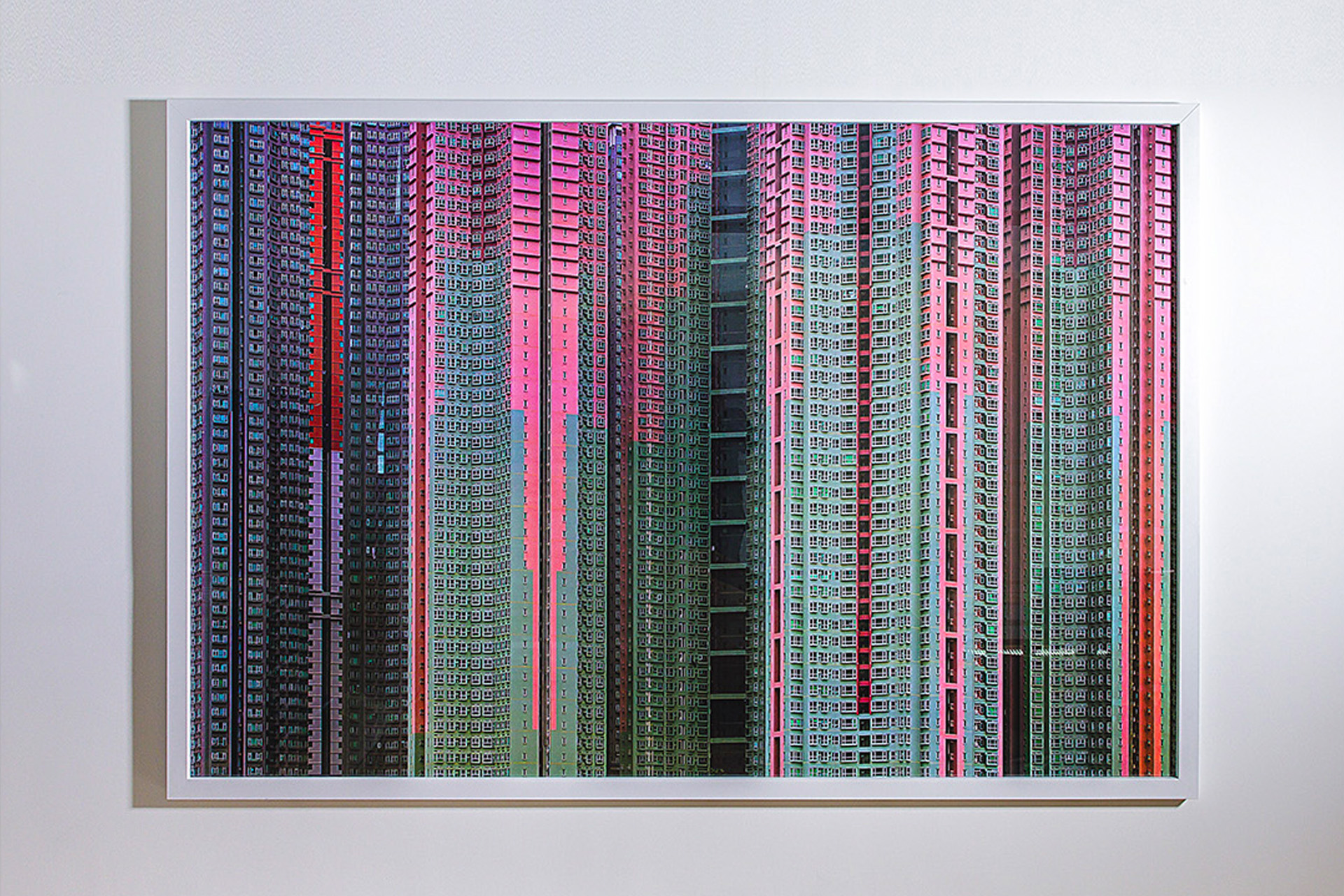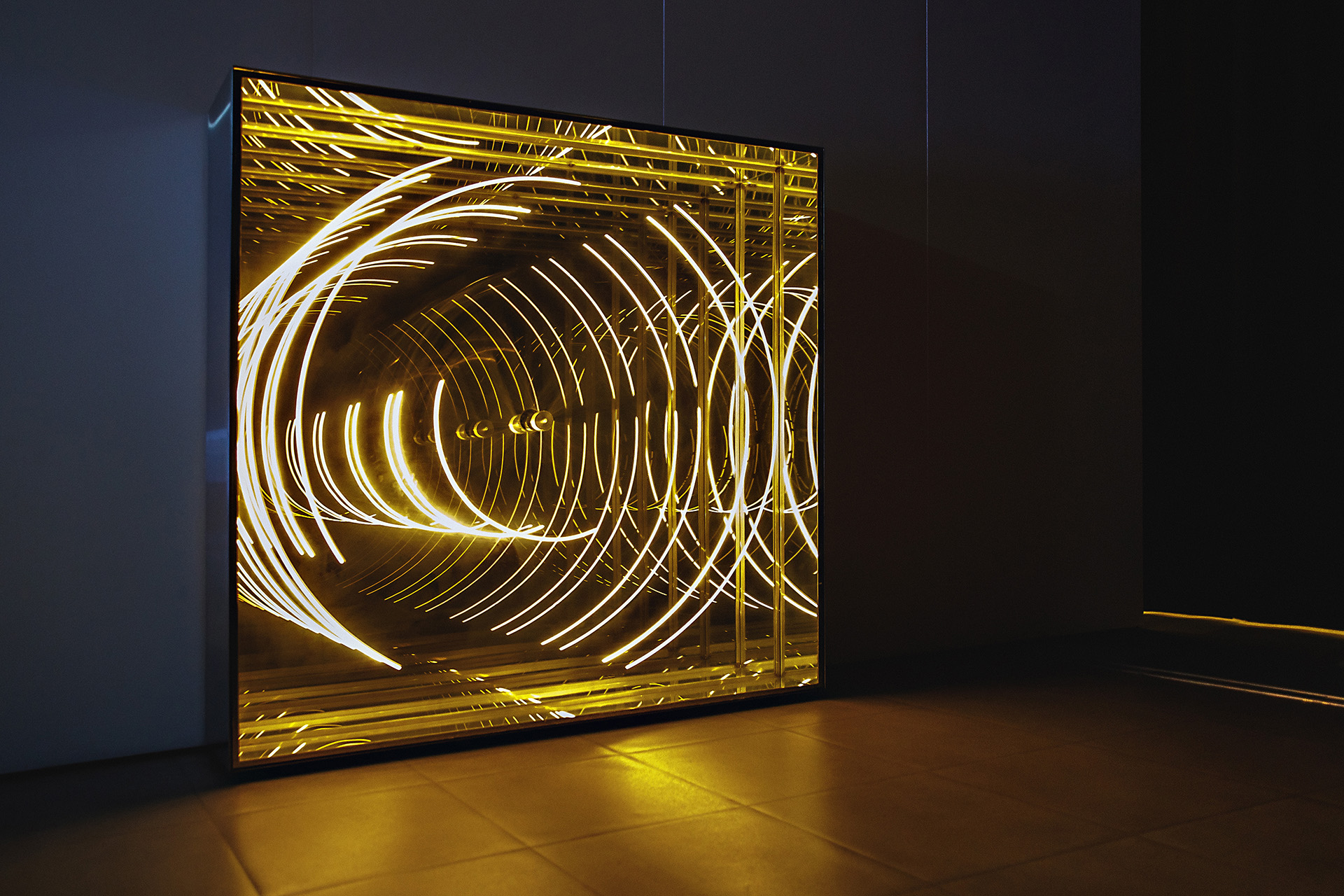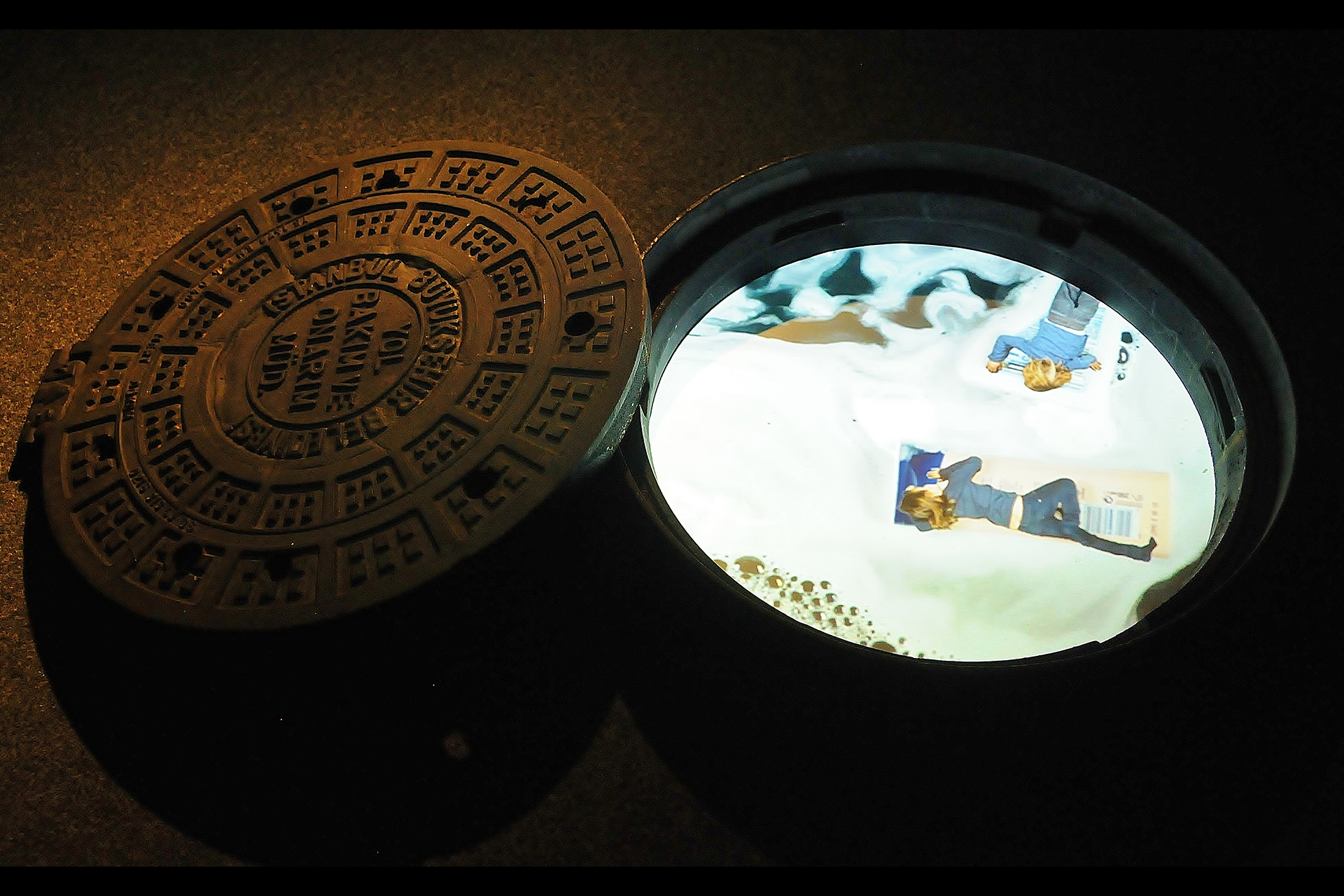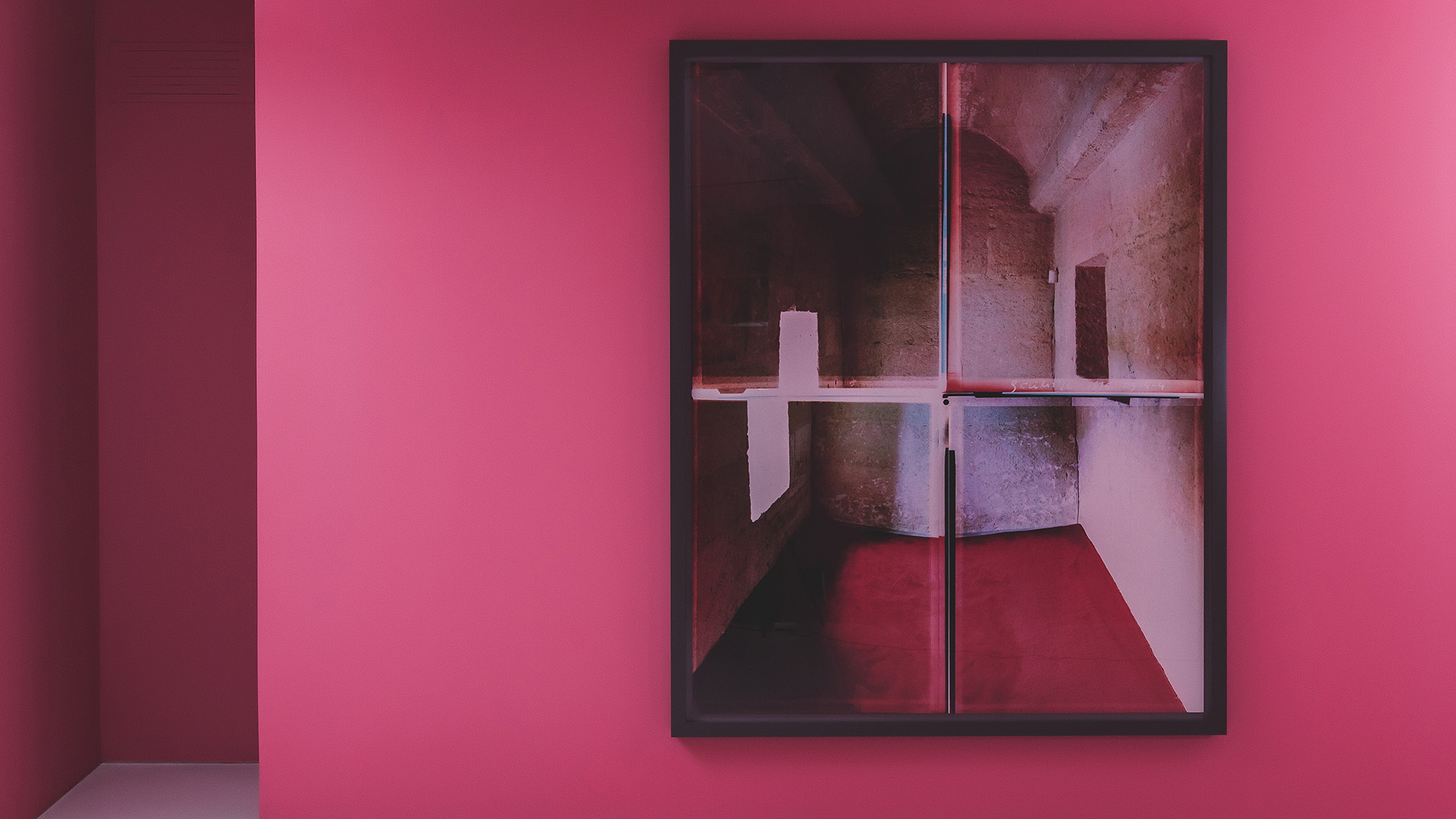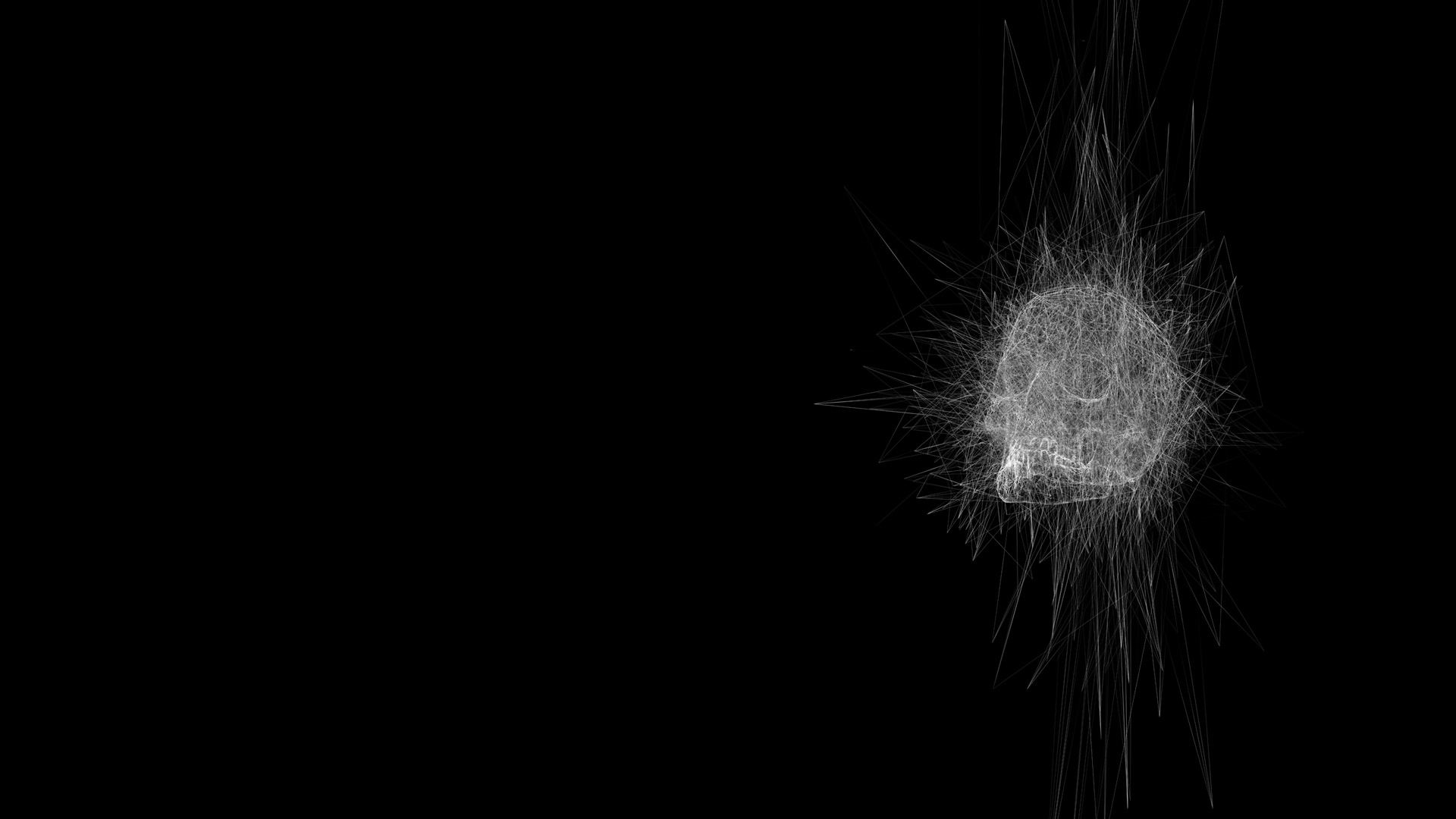Blog
Constructing The Invisible City
8 June 2021 Tue
One can live in time but that would amount to existing in a frozen, static, dormant past.
Italo Calvino
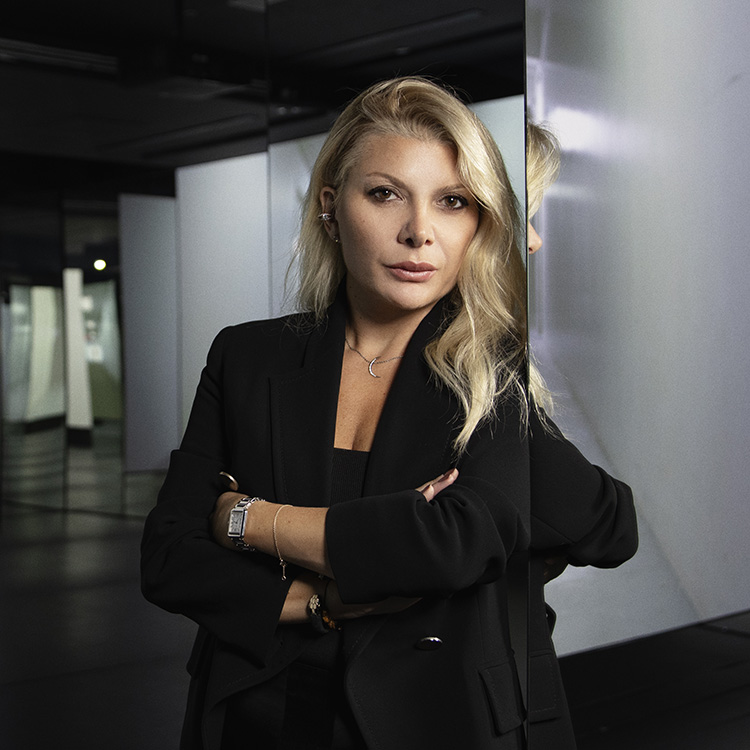
DR. KUMRU EREN
Manager of Borusan Contemporary
The Bosphorus traverses history, just like it extends across Istanbul. From the old cartridge factory, “Fişekhane” that is in close proximity to Yedikule Fortress and its walls at the southern gateway of the city, to another point of bearing for the Bosphorus that is the Rumeli Fortress located fast beside the “Perili Köşk”, the strait that intersects the city carries memories, the past and the history, while the static and dormant past morphs into the volatile and unpredictable today. Anyone who travels along these shores happens upon thousands of other cities between these two spots. These cities are virtually invisible, yet everyone knows they exist.
Stratifying in this megalopolis we inhabit, these cities evoke the tale written by Italo Calvino in 1970’s. Invisible Cities gives the account of the travelogues presented to the Mongol emperor, Kublai Khan by Marco Polo. Of course, these accounts are unrelated to those compiled in Il Millione, which conveys Marco Polo’s historical journey from Venice to China. In his book, Calvino examines how the world today takes on a singular form; he not only criticizes the global world of media, where the notion of “another place” has become obsolete but develops an antidote for it. Having predicted back in 1970’s that we were drawing near a crisis in urban life – an ecological crisis, which is now dubbed as the climate crisis, Calvino had forged a vision from the hearts of cities that started to become unlivable. The “megalopolis” we inhabit today is a singular, perpetual city that practically encompasses the whole world.
These imaginary cities of Calvino, which are free from the spatial or temporal constraints, are also places of trade; yet this trade in question is not merely an economical one. The scope of exchange is quite extensive; memories, the past as well as the destiny can be traded. Here, the material goods have not triumphed over the people yet.
The feeling one gets from the Fişekhane building inevitably recalls Calvino’s Invisible Cities to mind, for the structure shines like a beacon in the middle of the building complex where it’s located; it stands out as a symbol that is both eccentric, monumental, and timeless. It rises on a ground that is independent of the hierarchies of antecedence or inferiority, free from the linearity of time, where unlimited possibilities intersect. Just like the way Istanbul yields an atlas to everyone who dwells or takes shelter in it, from the Yedikule walls to the Perili Köşk, this building initiates a dialogue with the works it harbors and develops a distinct narrative that is “rhizomatic,” so to speak. It assembles among others, Boomoon’s impressions of the Bosphorus, Reinhard Görner’s majestic library, U Ram Choe’s dazzling chandelier, Daniel Rozin’s mysterious mirror, Michael Wolf’s jammed metropolis and Daniel Canogar’s manhole cover under which streams the city’s waste; works that construct several different cities layer after layer, which we are not capable of seeing in a single space.
Reflecting the characteristics of the Borusan Contemporary Art Collection, which focuses on works questioning the boundaries of representation by employing novel means of expression in the visual arts, such as video installations, photographic works, light sculptures, and Augmented Reality; and bringing together experimental and digital works from the very collection, this selection constructs a city, where the artists’ own memories, the past and the destiny are traded with the narrative of our day and delivered to the viewers.
ABOUT THE WRITER
Dr. Kumru Eren has consulted for national and international collections and institutions with a focus on development in the field of cultural heritage and collection management. Previously, she worked as the Baksı Platform Coordinator for Baksı Culture and Art Foundation. She taught the course “Critical Art Theories” at the Marmara University for a while. She has contributed to exhibition catalogues and artist monographs. Her articles, critical texts, and impressions have been published in ICE, Istanbul Art News, Artam, Varlık, Hürriyet Kitap Sanat, Hürriyet Seyahat. She has received her PhD with her dissertation on the phenomenon of “Globalization in Contemporary Art in Turkey”, considered within the framework of Jean-Luc Nancy’s work. She is a member of AICA (International Association of Art Critics). She is currently in charge of the the management of Borusan Contemporary.
